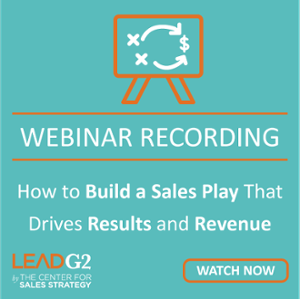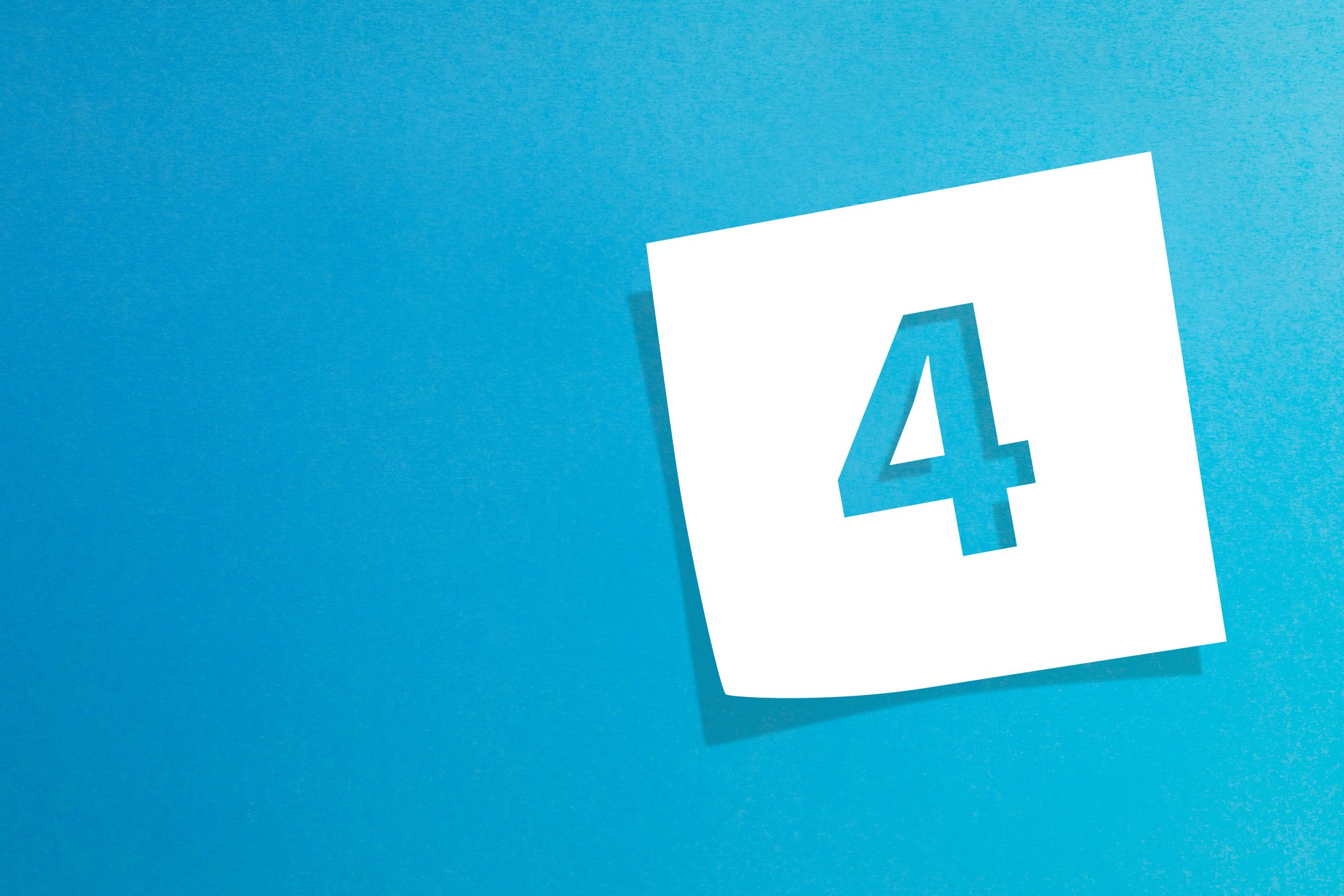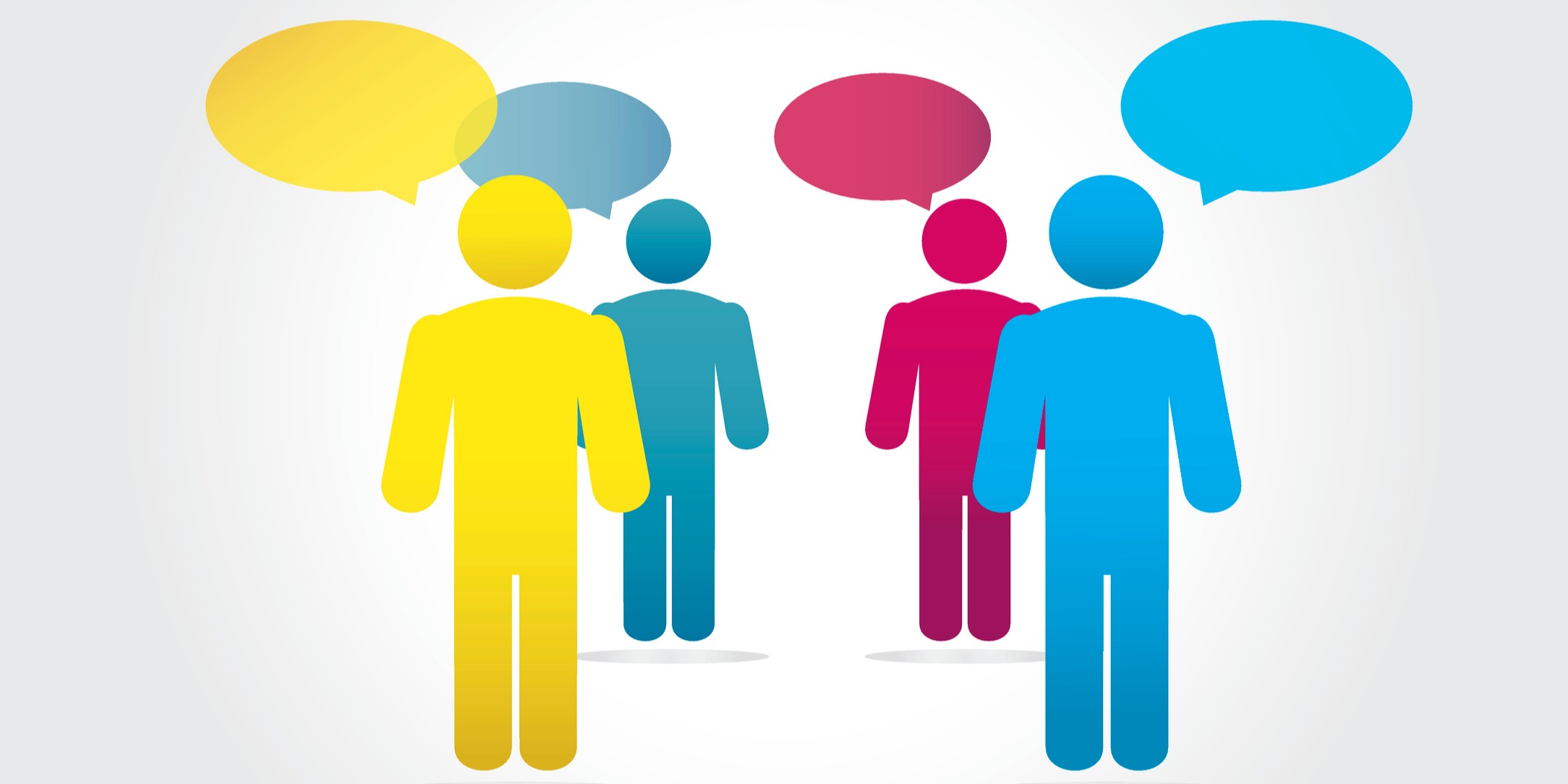4 Reasons Why Your Company Needs Sales Enablement Tools
Sales enablement is a broad term that covers a lot of sales functions under one large umbrella. We define sales enablement as the strategy, content,...


Sales enablement is quite the buzzword these days, but for good reason. When done effectively, it can have lasting impacts on a sales organization. It can shorten the sales cycle and strengthen the entire sales process. Sales enablement has the ability to increase conversion rates and drive new revenue while simultaneously saving your salespeople precious time.
In today's business environment, your sales team is not only competing against the sales teams of your competitors, but also the busyness and expectations of your prospects. Sales enablement gives sellers a competitive advantage and empowers them to do more with their time and make smarter decisions along the way. Whether your company is just starting to dabble in the sales enablement game, or have already gone all-in, this article will cover the four key components to finding success with sales enablement.
 We define sales enablement as the strategy, content, technology, and training that empowers sales teams to sell smarter and faster.
We define sales enablement as the strategy, content, technology, and training that empowers sales teams to sell smarter and faster.
LeadG2's Client Solutions Director, Dean Moothart, defines sales enablement as "any tool or process that supports the sales function—helping salespeople guide their prospects through their buying journey—from exploration to evaluation, to final decision making and close."
In the simplest of terms, it's about putting the right resource or content in the salesperson's hands at exactly the right time.
It all starts with a plan. Simply buying the shiniest new tool or creating an awesome sales resource is only going to get you so far if you don't have a well thought out strategy that takes the unique variables into account of both your sales team and your buyers.
Building your strategy starts with truly understanding your buyers via target persona research. Then you'll want to be sure you are having conversations with your sales team to really dig into the areas they need the most support. Finding out their needs, the questions they're answering, the parts of the sales process that are slowing them down, and more. Pulling real hard data (like length of time spent in certain sales stages and conversion rates throughout the sales process) to back all of this up is also key and ideally your CRM will be able to provide that for you.
Then you want to develop the actual "sales plays" that make up your sales enablement strategy. This is typically part of a larger Sales Playbook that puts everything your salespeople need in one document. Your sales play should be reflective of your unique sales process and the situations your salespeople encounter on a daily basis. Each sales play should outline the exact steps they should take and supporting technology and content.
It is possible to get results from a sales enablement strategy without utilizing sales enablement tools, but it's not advised. This is because you have a wealth of tools available that are going to really turn that manual sales play into a turnkey step that your salespeople can run smoothly and consistently, without wasting any of their valuable time.
Technology is really what takes your sales enablement to the next level. This is why we love being a Platinum HubSpot partner. HubSpot offers some best-in-class sales enablement tools, that also happen to integrate perfectly with their CRM and marketing automation tools.
Whether you want to know when a prospect opened an email or that proposal you sent or whether they shared that proposal with their colleague... The right tools help increase sales intelligence and velocity.
An integrated set of sales tools work together to assist in sales enablement, and as a Hubspot partner, we utilize the sales enablement tools offered in the Hubspot Sales toolbox, among others. These consist of essentials like email tracking, email template tools, automation, document sharing and tracking, meetings scheduler, live chat, and more. These tools enable salespeople to increase productivity, shorten the sales process, and improve sales performance. Dean digs into this sales enablement technology here.
To guide your team through the diverse sales scenarios they encounter day in and day out, a Sales Playbook is a key piece to winning sales enablement. Not only does it guide, it streamlines the entire sales process to ensure the team is following best practices.
Also, for successful sales enablement efforts, the sales and marketing teams' processes but be in alignment. The sales should be onboard with the marketing team to meet and surpass revenue goals. When the marketing team reverse-engineers the sales process, it opens doors to conversations and communication that help marketing create the content necessary for sales, and set expectations and goals on what can be expected from both teams' efforts. This process will aid in the fourth necessity to win the sales enablement game: good and strategic content.
Having the best content at their fingertips empowers salespeople to overcome objections, build credibility and trust, and close more business. Whether it's case studies, proposal templates, one-sheets, email templates, blog posts, or eBooks, sales content is a critical part of sales enablement. This content might come from the marketing team and what was discovered in a brainstorm session with the sales team, or it might be a blog post written by a member of the sales team.
Creating content for each stage of the buyer's journey to attract, engage, and sell to your target audience, will not only help to speed up the sales process, but it also sets the sales team up for success before they even step in. Benefits include lead qualification, establishing trust and thought leadership, and more.
Each of the four components listed above is necessary for successful sales enablement. Do you have the upper hand when it comes to sales enablement? Take this quiz to see how you stack up and to identify areas where you could use sales enablement help. Don't miss out on the opportunity that's in front of you. Set your sales team up for success with sales enablement and give them the competitive advantage they need to improve their sales performance.

Sales enablement is a broad term that covers a lot of sales functions under one large umbrella. We define sales enablement as the strategy, content,...

Continual learning is essential if you want to grow and prosper in the business world. Last week, we launched our Sell Smarter. Sell Faster. weekly...

Five years ago, if you asked a room full of sales leaders to raise their hand if they were implementing sales enablement initiatives at their...